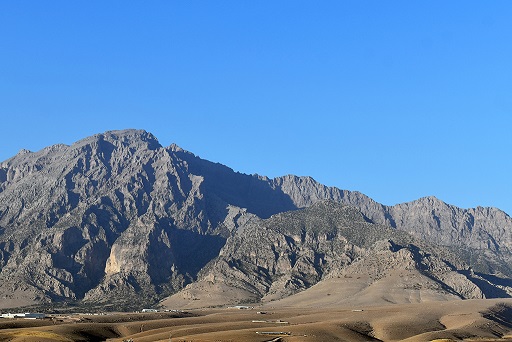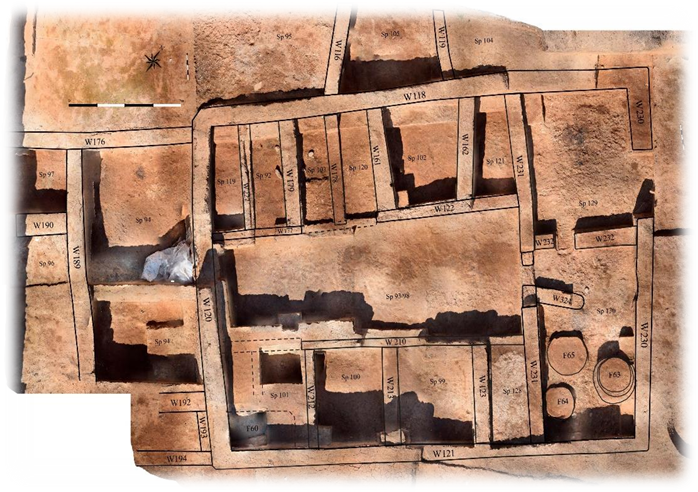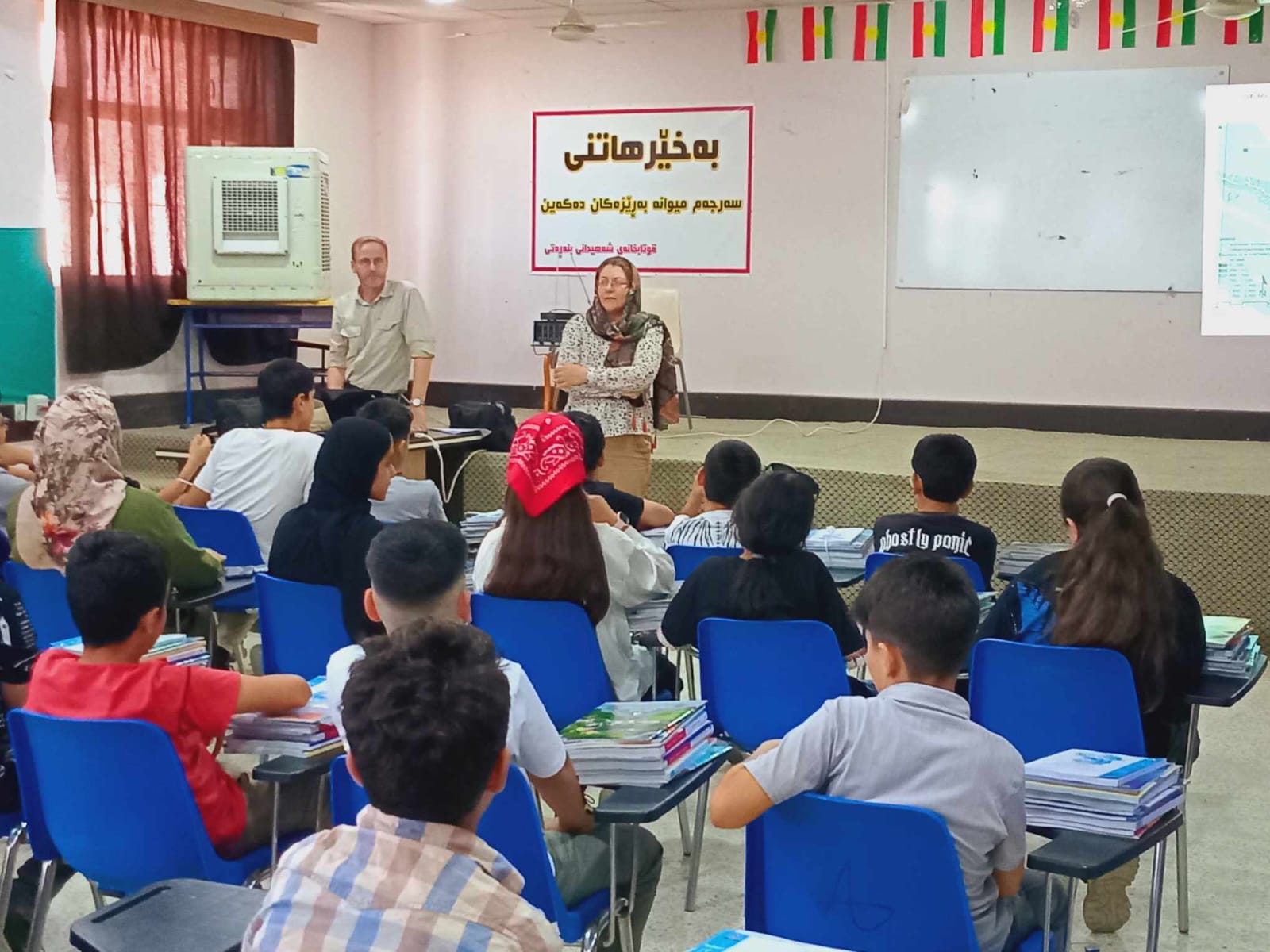In the land of the highlanders: from the kingdom of Simurrum to Mazamua in the Shahrizor
240128075940.png)
In the late third and early second millennium bc, the large plain known today as the Shahrizor and its surrounding region, located in the province of Suleymaniyah in Iraqi Kurdistan, likely formed an important region of the kingdom of Simurrum (Fig. 31.1; Altaweel et al. 2012). For much of the remaining second millennium bc and into the first two centuries of the irst millennium bc, the region was a contested border zone between northern and southern Mesopotamian kingdoms or became splintered into small kingdoms.
In 842 bc, the region became incorporated into the Assyrian provincial system under Shalmaneser III and remained part of the province of Mazamua until the fall of the Assyrian empire in the late seventh century bc.
As archaeologists are now embarking on projects in Iraqi Kurdistan, one major question that will certainly arise is how do setlements in the region transform in one period to the next under varying political and economic circumstances. While archaeological surveys will be critical in illing this knowledge gap, computational methods can be used to determine where major setlements should be generally located and what factors might cause deviations from expectations. When there are known historical shifts, such as during the Neo-Assyrian (NA) period, the same model is able to evaluate how setlement size hierarchies transform. This paper presents such a method and demonstrates how major sites, such as Yasin Tepe and Bakr Awa, could arise, while also presenting a method for assessing how sites transform between minor and major setlements and the interactions that enable such transformations.



